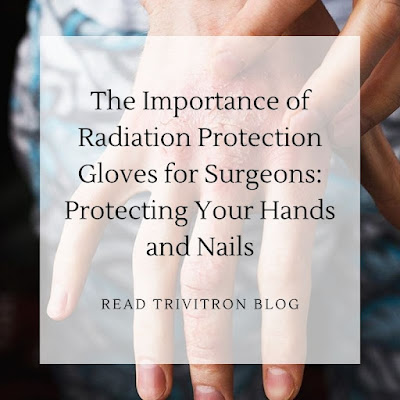Guarding Against Radiation Hazards: The Role of Radiation Protection Gloves in Surgery
In the realm of modern medicine, advancements in technology have transformed surgical procedures, particularly in interventional radiology and fluoroscopy-guided surgeries. These cutting-edge techniques, while enhancing precision, bring forth a significant concern: radiation exposure to the hands of medical professionals. Surgeons, who frequently engage in ionizing radiation procedures, are at risk of radiation-related hand injuries, including radiation burns, ulcers, tissue damage, carcinogenesis, dermatitis, and chronic skin changes.
Prolonged exposure to ionizing radiation can lead to thermal burns akin to severe sunburn, causing redness, swelling, and skin irritation. Radiation can harm blood vessels, potentially causing skin ulcers due to reduced blood flow. In severe cases, radiation can cause tissue damage and necrosis, leading to non-healing wounds. Prolonged exposure can also increase the risk of cancerous cell development. Radiation protection gloves are the key solution to preventing these injuries, serving as a protective barrier.
Medical facilities must implement strict safety protocols in line with the "As Low As Reasonably Achievable" (ALARA) principle to minimize radiation exposure for the safety of both patients and medical personnel. In conclusion, while medical technology has improved precision, it has also highlighted the importance of radiation protection. Surgeons, in particular, must prioritize their safety by wearing Radiation Protection Gloves and adhering to strict safety protocols, ensuring the well-being of both themselves and their patients.
Read this blog Radiation Exposure in Interventional Radiology



Comments
Post a Comment